What Makes the Cinnamon Cockatiel Different: A Study of Its Unique Characteristics
Discover what sets the Cinnamon Cockatiel apart, from its distinct colouring to its charming personality. Dive into this comprehensive study of its unique characteristics.

Cockatiels are a beloved member of the parrot family, known for their charming personalities and striking features. Among the various color mutations that have captivated bird enthusiasts, the cinnamon cockatiel stands out with its distinctive appearance and endearing traits. This article delves into the unique characteristics that set the cinnamon cockatiel apart from its avian counterparts.
Key Takeaways:
- Cinnamon cockatiels are a color mutation within the cockatiel species, exhibiting a warm, chocolate brown coloring instead of the typical grey.
- These birds are part of the cockatoo family and are known for their gentle nature, making them one of the most popular pet birds.
- Understanding the genetics behind the cinnamon coloring can help cockatiel owners and breeders in identifying and sexing these birds.
The Cinnamon Cockatiel: An Introduction
Cinnamon cockatiels are a captivating variation of the standard grey cockatiel. They are part of the cockatoo family and are cherished for their unique coloring and friendly demeanor. The cinnamon mutation leads to a reduction in the grey pigment, resulting in a warm, chocolate brown hue that covers their overall plumage. This mutation affects both the feathers and the eyes, giving these birds a soft, inviting appearance that is quite different from other mutations.
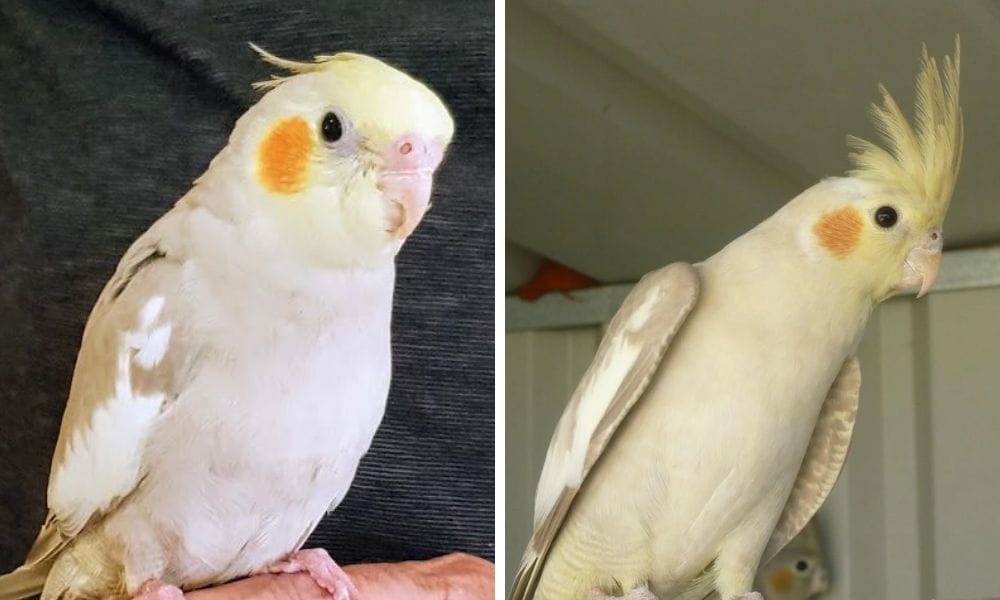
A Closer Look at the Cinnamon Coloring
The cinnamon coloring is a result of a genetic mutation that alters the brown pigment in the feathers. Unlike the dominant silver or lutino mutations, the cinnamon trait is a sex-linked recessive mutation, which means that it is carried on the sex chromosomes and typically requires both parents to carry the gene for the trait to be expressed in offspring. The result is a pale yellow base color with brownish-yellow barring on the tail and wings, rather than the dark grey typically seen in wild cockatiels.
The Genetics Behind the Cinnamon Mutation
Understanding the genetics of cinnamon cockatiels is crucial for breeders. Since the cinnamon trait is sex-linked, it is often easier to sex cockatiels with this mutation. Males will display a bright yellow face after their first molt, while females retain the pale yellow and brown barring on their feathers. This distinction becomes a valuable tool for breeders and cockatiel owners who wish to determine the sex of their birds without invasive methods.
Cinnamon Pied Cockatiel: A Unique Blend
The cinnamon pied cockatiel is a combination of the cinnamon and pied mutations, resulting in birds with patches of clear, unpigmented areas throughout their body. This blend creates a stunning contrast between the cinnamon coloring and the bright white patches, making the cinnamon pied cockatiel a particularly striking bird. Bird stores and pet stores often showcase these birds as they are typically higher priced due to their unique appearance.
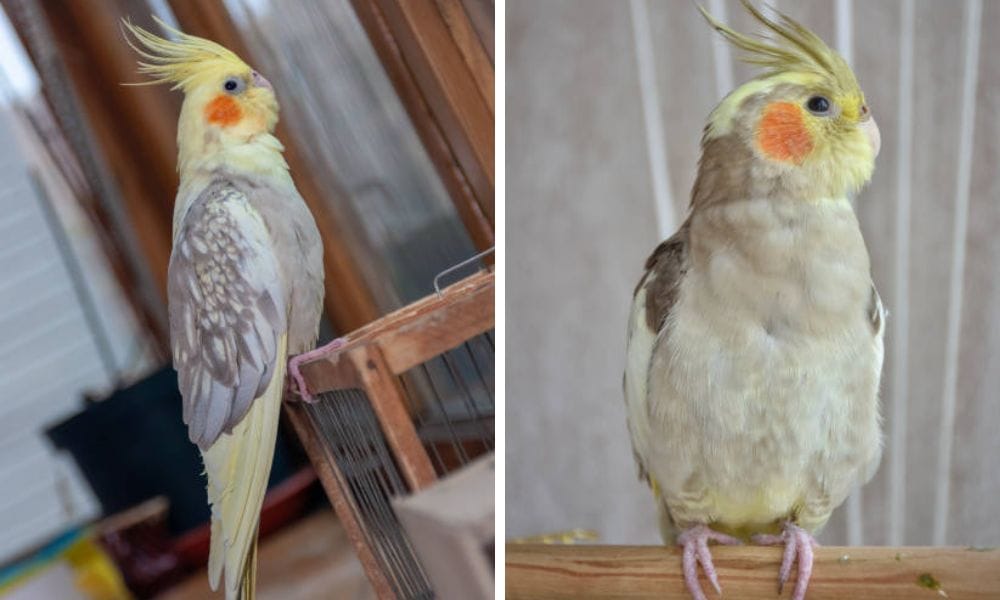
Cinnamon Pearl Cockatiels: Speckled Beauties
Cinnamon pearl cockatiels, also known as cinnamon pearl cockatiels, exhibit a beautiful speckled pattern. The pearl mutation adds a scalloped effect to the feathers, which, when combined with the cinnamon mutation, results in a delicate, lace-like pattern over the warm brown coloring. These birds are especially popular among cockatiel enthusiasts for their ornate feathers and overall beauty.
The Hardy Nature of Cinnamon Cockatiels
Cinnamon cockatiels are not only admired for their unique coloring but also for being hardy birds. They are robust and can adapt to various environments, making them good pets for both novice and experienced bird owners. Their ability to thrive in different settings is one of the reasons why they are among the most popular pet birds.
Isabelle Cockatiel: A Rare Find
The isabelle cockatiel, sometimes confused with the cinnamon variety, is another mutation that results in a softer, more diluted color palette. These birds have a pastel face and a more muted version of the cinnamon coloring, making them a rare and sought-after variant among cockatiel mutations.
Cinnamon Cockatiels and Their Distinctive Markings
Cinnamon pearl cockatiels are not just your average pet cockatiel; they boast a distinctive set of markings that set them apart from their feathered counterparts. The most striking feature is their warm, cinnamon-hued feathers, which are especially prominent across their wings and back. Unlike the standard grey, these cockatiels carry a softer, more diluted brown coloration, thanks to a sex-linked recessive mutation. This mutation affects the melanin in their feathers, resulting in the lighter, more uniform cinnamon shade that is both eye-catching and endearing.
In addition to their cinnamon coloring, these birds often have the characteristic orange cheek patch that is a hallmark of the cockatiel species. However, the intensity of the orange may vary, sometimes presenting as a more muted, peachy hue that complements their overall color palette. The description cockatiels receive often highlights their expressive crests and long tail feathers, which in the cinnamon variety, can exhibit a gradient of colors, adding to their visual appeal. Proud mom Barbara Rost, a renowned breeder, has noted that these unique markings can make each cinnamon pearl cockatiel look like a one-of-a-kind masterpiece.
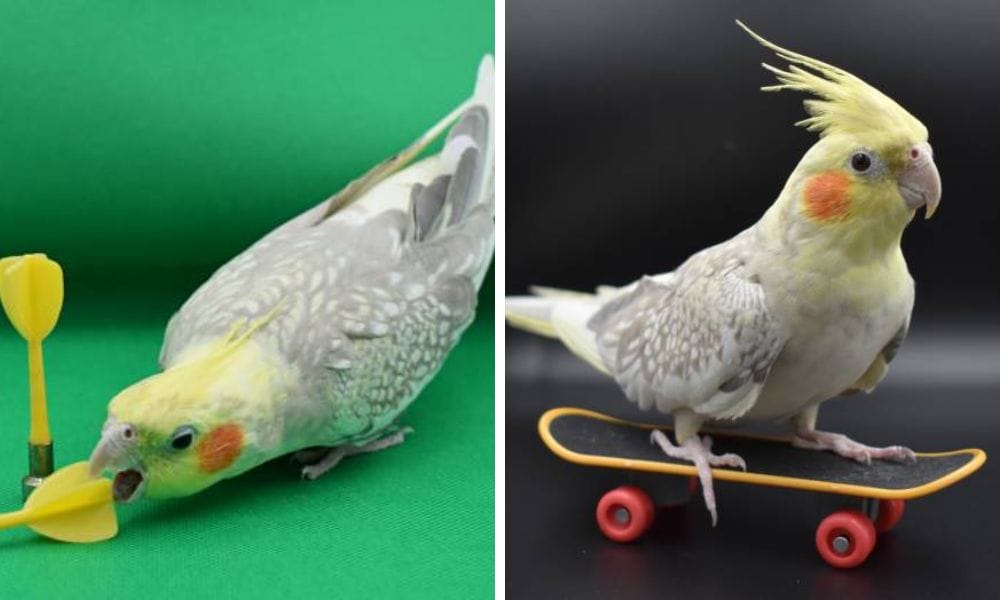
The Importance of Wing Clipping in Cinnamon Cockatiels
Wing clipping is a practice often discussed among cinnamon cockatiel owners. It's a non-painful process that involves trimming the primary flight feathers to prevent full flight. This can be particularly important for cinnamon cockatiels, as their curious nature might lead them into trouble or even escape. By having their wings clipped, these birds can still flutter to the ground safely without injuring themselves. It's a precaution that ensures their safety within the home environment, where hazards like ceiling fans, large windows, and open doors can pose risks to a fully flighted bird.
However, wing clipping must be done correctly to avoid causing distress or injury to the bird. It's a reversible procedure, and the feathers will grow back during the cockatiel's next molting cycle. Some owners opt to clip their cinnamon cockatiel's wings to ease the training process and strengthen the bond between bird and owner, as it encourages the cockatiel to be more dependent on human interaction. It's always recommended to consult with a veterinarian or an experienced bird groomer to ensure the clipping is done safely.
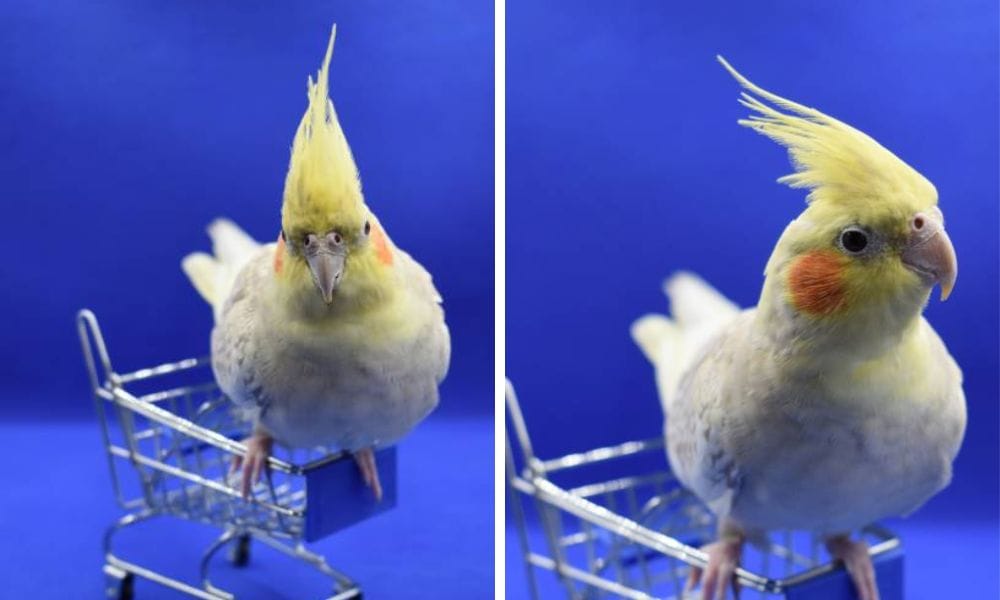
Cinnamon Cockatiels: Understanding the Sex-Linked Recessive Mutation
Cinnamon cockatiels are the result of a sex-linked recessive mutation, which is fascinating from a genetic standpoint. This mutation affects the color of the bird's feathers, resulting in the warm, brownish-grey hue that sets them apart from their normal grey counterparts. Because it's a sex-linked trait, the inheritance of the cinnamon coloration is different between male and female cockatiels. Males can carry the gene hidden, only expressing the cinnamon trait if they receive the gene from both parents, while females can display the coloration with just one copy of the gene.
This genetic aspect makes breeding cinnamon cockatiels an interesting endeavor. Breeders aiming to produce cinnamon offspring must understand these inheritance patterns to predict the coloration of their chicks. It's not just about the aesthetics; knowing the genetics helps maintain the health and vitality of the breed. When paired with other mutations, such as white faces or pied patterns, the results can be stunning, leading to a diverse range of appearances within the cinnamon cockatiel population. Breeders often seek to combine these traits to create birds with unique and desirable characteristics.
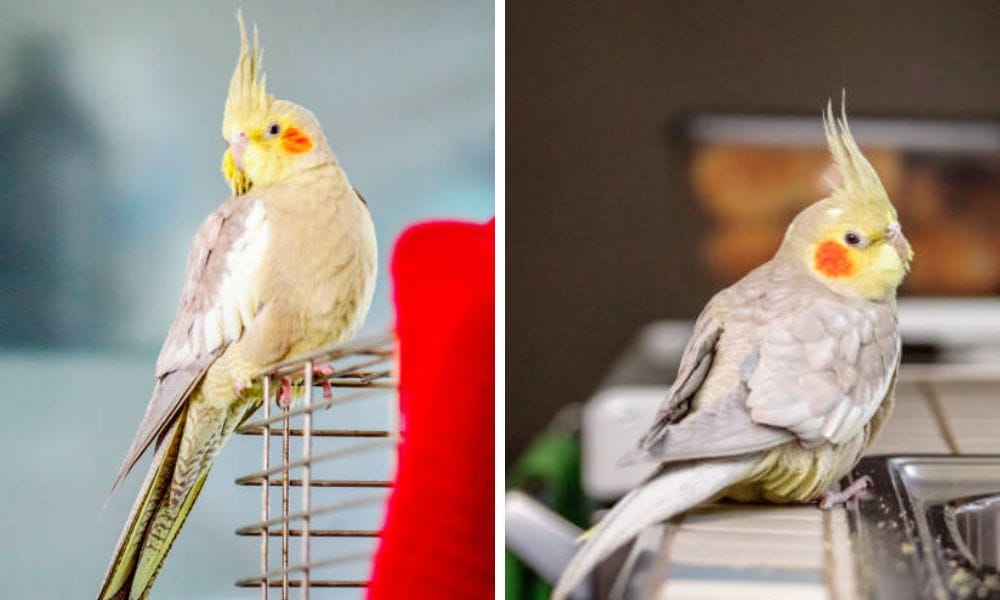
The Social Dynamics of Cinnamon Cockatiels
Cinnamon cockatiels are known for their gregarious and affectionate nature, often thriving on social interaction with their human families. As pet cockatiels, they exhibit a range of behaviors that indicate their comfort and trust, such as a gentle nuzzle or a contented chirp. These birds are highly social creatures and can become quite attached to their owners, sometimes being referred to as "velcro birds" due to their desire to be close to their human companions for long periods. It's not uncommon for a cinnamon cockatiel to eagerly greet their owner with a cheerful whistle or an attempt to mimic sounds and words.
Their social nature extends to their interactions with other birds as well. Cinnamon cockatiels can often be found in the company of other cockatiels, especially when bred in captivity. They have a hierarchical social structure within their groups, and it's fascinating to observe how they communicate and establish their place within the flock. Breeders like Barbara Rost have observed that these birds can form strong bonds with their flock mates, engaging in mutual preening and feeding, which further highlights their need for social connection. Whether in a pair or a larger group, cinnamon cockatiels show us the importance of companionship in the avian world.
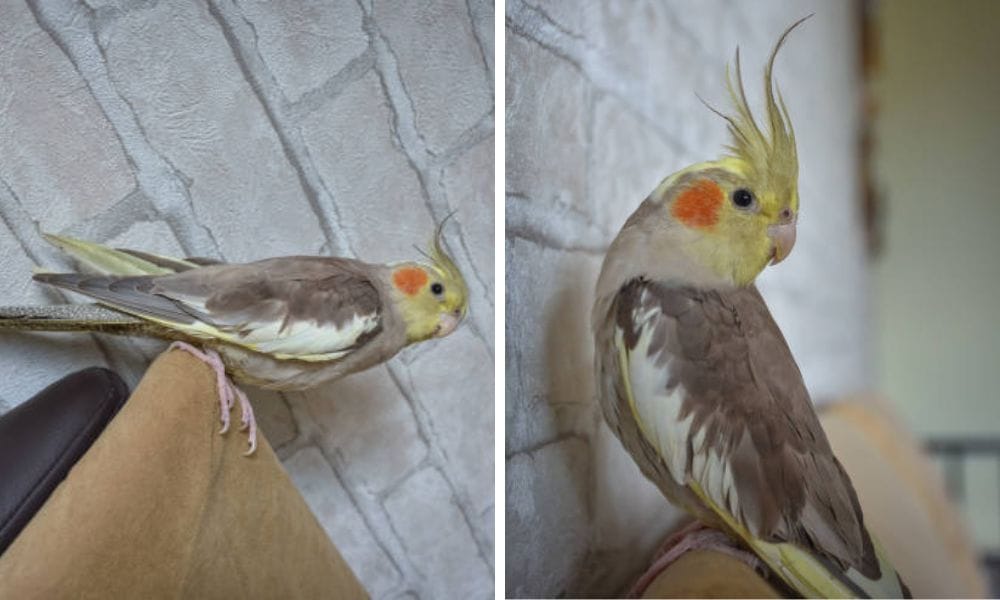
Cockatiel Behavior: A Cinnamon Perspective
Cockatiel behavior is generally consistent across different mutations, and cinnamon cockatiels are no exception. They are known for their sociable and affectionate nature. These birds enjoy interacting with their owners and can mimic sounds and even learn a few words. Their gentle temperament makes them excellent companions, particularly for families.
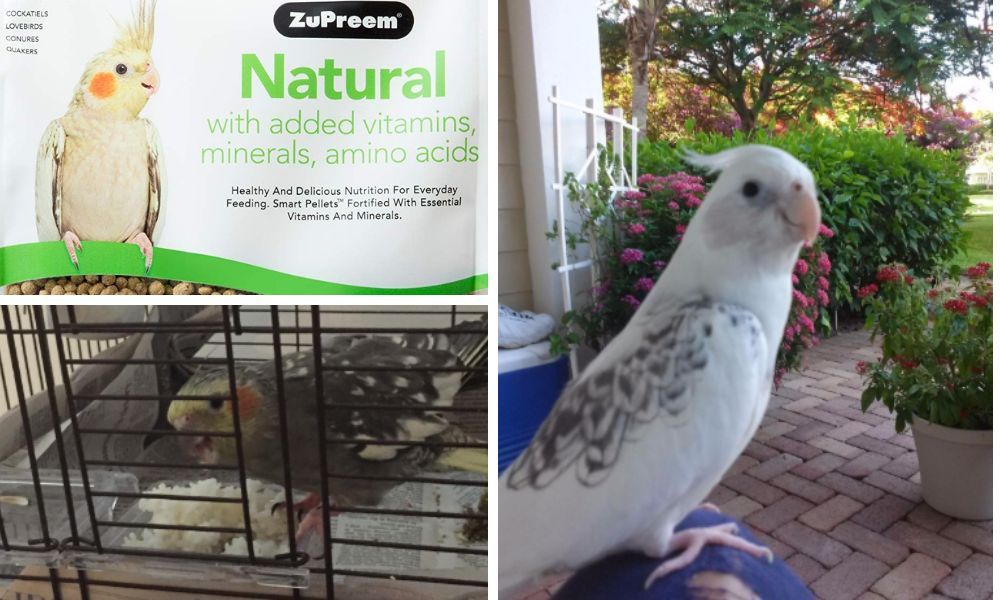
Caring for Your Cinnamon Cockatiel
Caring for a cinnamon cockatiel involves providing a spacious cage, a balanced diet, and regular interaction. These birds need space to stretch their wings and play, so a large cage is your best bet. Additionally, their diet should include a variety of seeds, pellets, fruits, and vegetables to ensure they receive all the necessary nutrients. Regular health check-ups with a vet experienced in caring for birds are also essential.
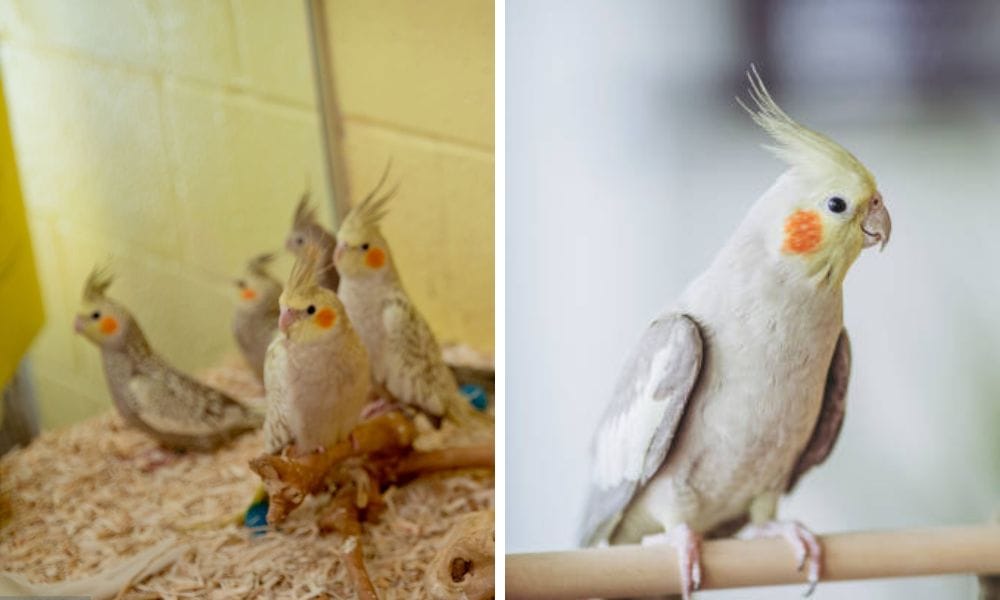
The Popularity of Cinnamon Cockatiels in Pet Stores
Cinnamon cockatiels are a common sight in pet stores due to their popularity. Their unique coloring and friendly nature make them a favorite among customers. Pet stores often provide information on the care and maintenance of these birds to help new owners get started on the right foot.
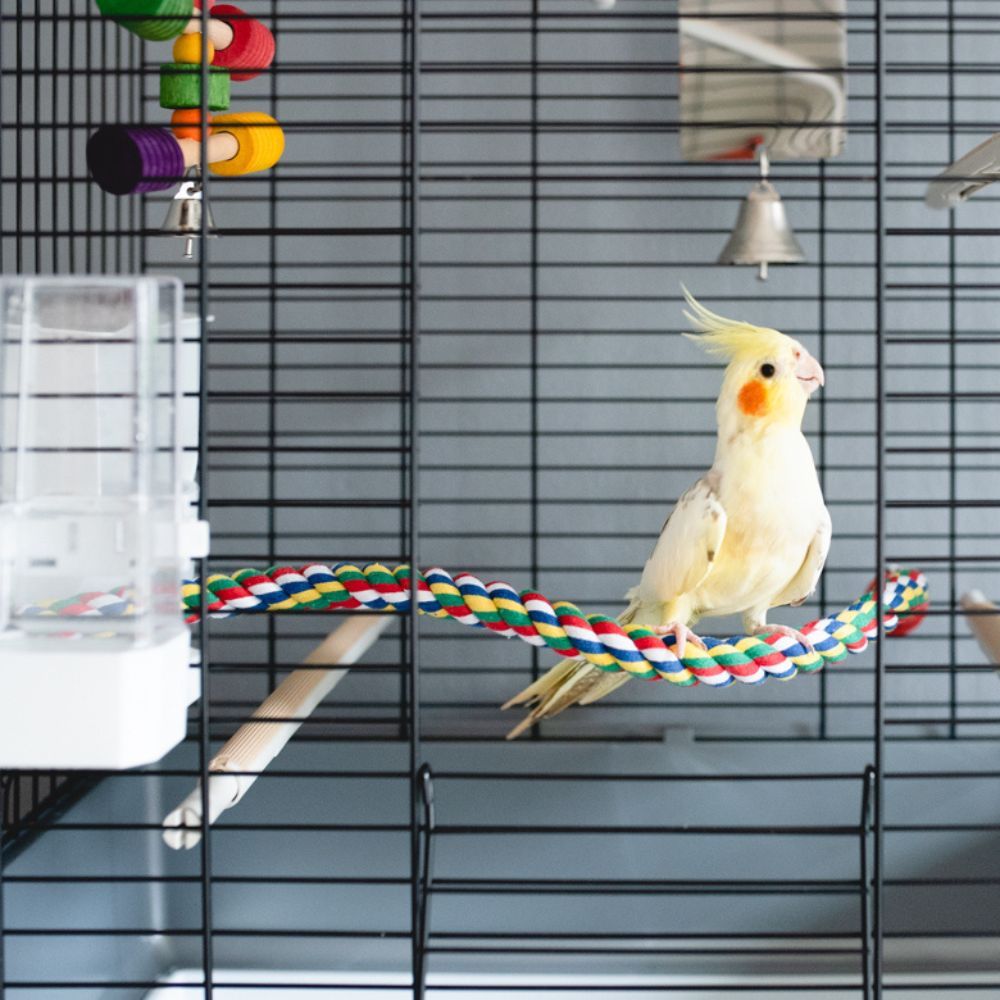
Breeding Cinnamon Cockatiels: What to Expect
Breeding cinnamon cockatiels can be a rewarding experience for bird breeders. Understanding the genetics of the cinnamon mutation is key to producing young birds with the desired traits. Breeders should also be aware of the responsibilities that come with raising baby cockatiels, including hand-feeding and ensuring proper socialization.
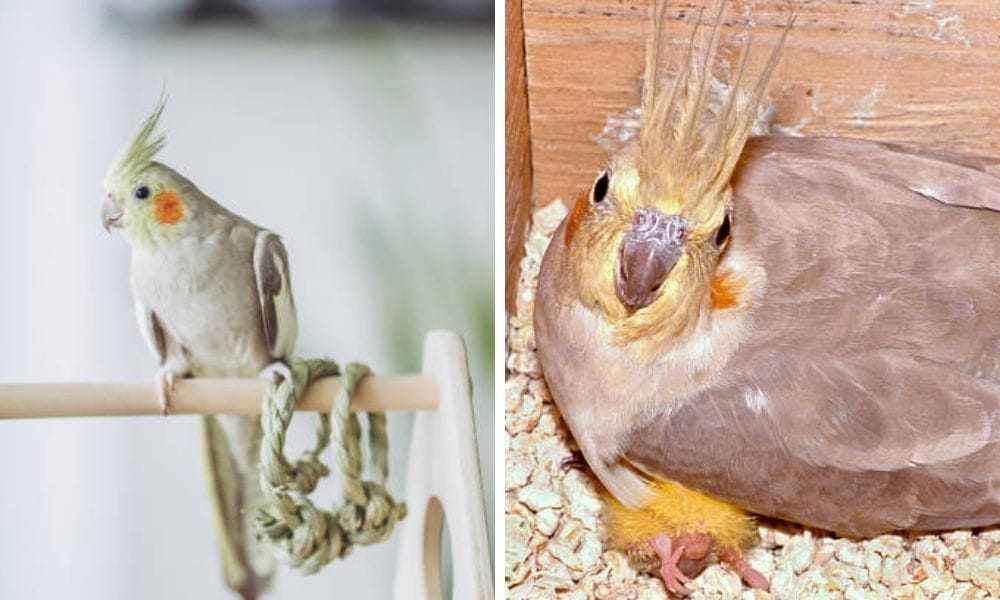
The Lifespan of Cinnamon Cockatiels
Cinnamon cockatiels, like other cockatiel mutations, can live for a long time with proper care. These birds can live for up to 20 years or more, making them long-term companions. Their lifespan is a testament to their hardiness and the quality of care they receive from their owners.
Cinnamon Cockatiels and Their Place in the Bird Community
Cinnamon cockatiels hold a special place in the bird community. They are often featured in bird shows and competitions due to their unique coloring and charming personalities. Bird enthusiasts enjoy sharing pictures and stories of their cinnamon cockatiels, further cementing their status as beloved pets.
The Future of Cinnamon Cockatiel Mutations
The future of cinnamon cockatiel mutations is bright, with ongoing interest from bird breeders and owners. As our understanding of genetics improves, we may see even more variations and combinations involving the cinnamon trait. The continued fascination with these birds ensures that they will remain a staple in the pet bird community for years to come.
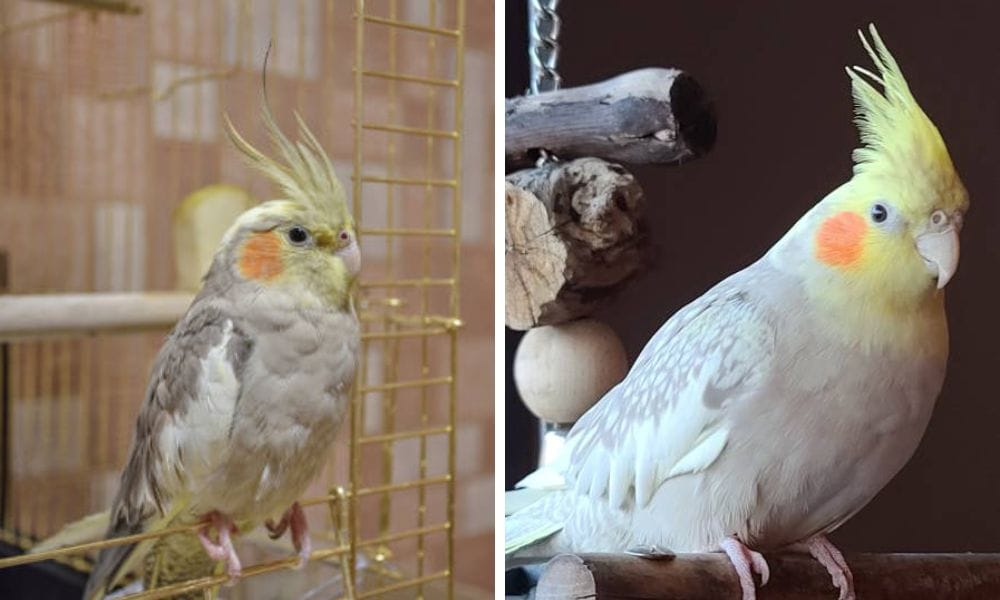
Summary
The cinnamon cockatiel is a remarkable member of the cockatiel species, distinguished by its warm, chocolate brown coloring and gentle disposition. As a sex-linked recessive mutation, the cinnamon trait offers a unique perspective on cockatiel genetics and breeding. These birds are not only beautiful but also hardy and sociable, making them one of the most popular pet birds available. Whether you're a proud cockatiel owner or a curious bird enthusiast, the cinnamon cockatiel is sure to capture your heart with its distinctive charm.
FAQ Section
Q: How can I tell if my cinnamon cockatiel is male or female? A: Male cinnamon cockatiels typically develop a bright yellow face after their first molt, while females retain the pale yellow and brown barring on their feathers. This visual difference can help owners and breeders determine the sex of their birds.
Q: Are cinnamon cockatiels good pets for beginners? A: Yes, cinnamon cockatiels are considered good pets for beginners due to their friendly nature and hardiness. They adapt well to different environments and can form strong bonds with their owners.
Q: Can cinnamon cockatiels learn to talk or mimic sounds? A: Cinnamon cockatiels, like other cockatiels, have the ability to mimic sounds and may learn a few words. However, their vocal abilities are not as advanced as some of the larger parrots. Regular interaction and training can encourage them to develop their mimicking skills.

